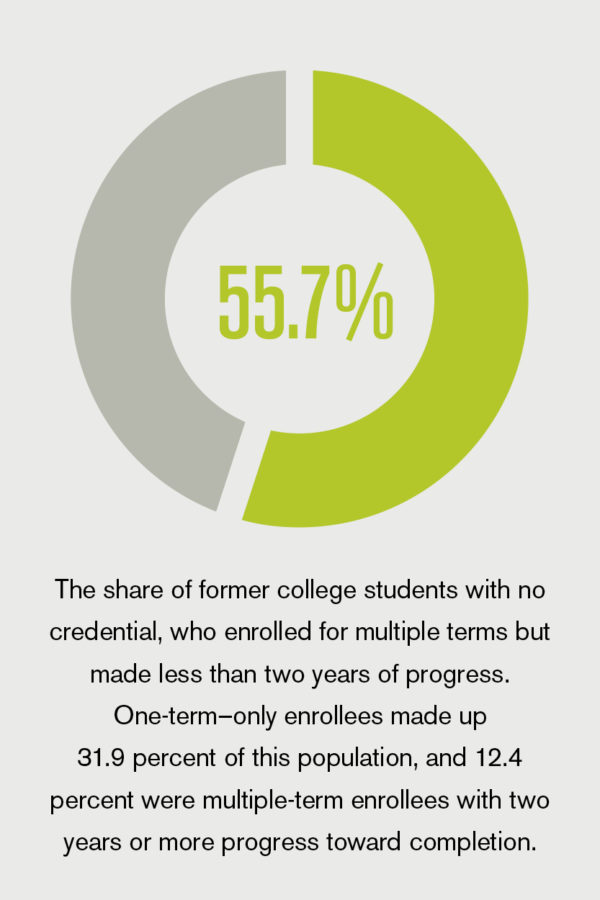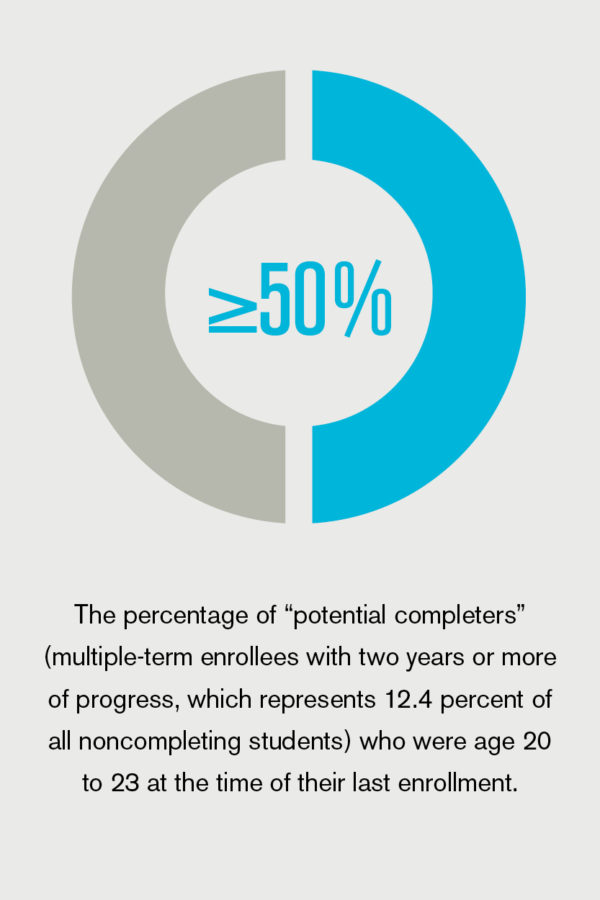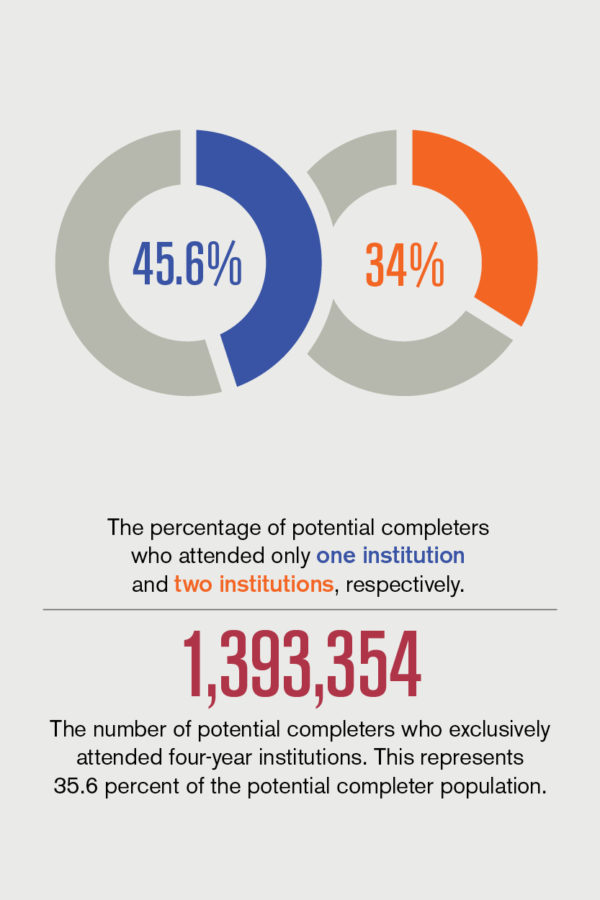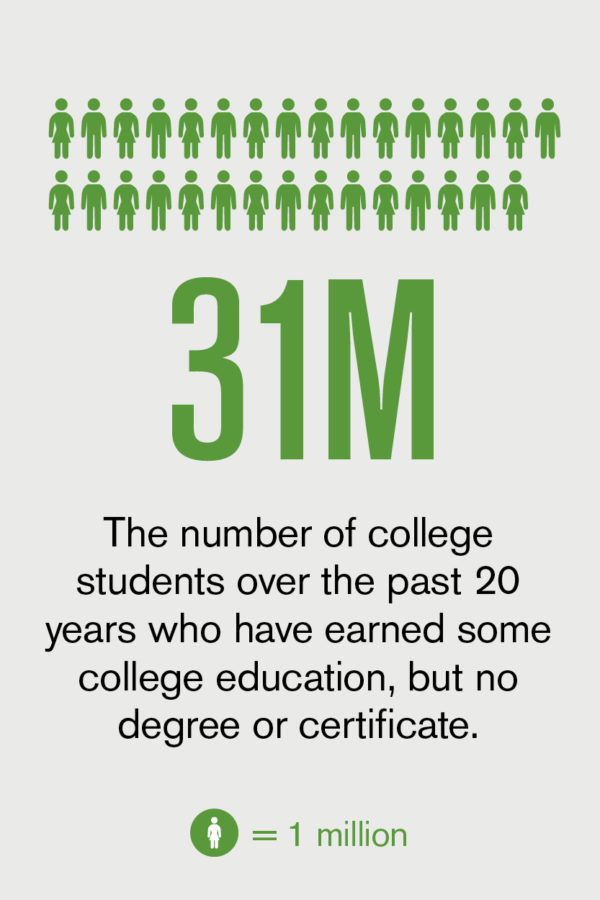Identified Innovators Coverage of the five NACUBO 2014 Innovation Award recipients begins in this issue. See “Vantage Point,” and look for additional articles in future issues of Business Officer.
It is ironic that organizations with missions that include revolutions in human learning and knowledge are sometimes resistant or slow to embrace innovations in their own operations.
Yet, change is now constant. Without evolving along with it, traditional universities risk being left behind in what has become a modern and global marketplace for education.
At the University of Arizona (UA), Tucson, state funding declines, increased competition for students and research dollars, and changing public expectations have sparked UA’s focus to identify opportunities and overcome restrictions that hold back innovation. Embracing a culture of “How can we make that happen?” has garnered positive results in the university’s application of innovative ideas to higher education’s three pillars: academics, research, and public service.
Promising Prospects
Academics have long been organized along discipline identity. However, some of the most exciting advances in human knowledge are now coming from interdisciplinary approaches to problem solving.
Students and societyrecognize this, and by demanding more from a college degree—employability, workforce readiness, internship opportunities—they are becoming change agents moving institutions in new directions and seeking a return on the tuition investment.
Assessing the pulse of students and society can open up numerous possibilities for cross-cutting and novel innovations that break down and rebuild traditional models.
- Adaptive academics. One example at UA is the change in the Veterinary Medicine and Surgical Program’s teaching model, which is midway through its conceptual development. The idea was sparked by recognition that the traditional model of veterinary medicine was costly, slow to meet the need for rural veterinarians, and failed to train students for the variety of work available to veterinarians.
The university’s program further adapts a teaching model, common throughout the rest of the world, which can reduce the time to degree for highly accomplished students. The new process calls for focusing on applied learning through clinical rotations with distributed partner veterinary practitioners across the state, rather than relying on much more costly veterinary hospital rotations.
Once accredited, this program could reduce total time and cost for a DVM (doctorate in veterinary medicine) for eligible students by four years and more than $100,000, respectively.
- Revised research practices. Research of all types is changing to fulfill a new mandate—solving grand challenges and meeting growing expectations of accountability.
The lone researcher working on individual specialties is giving way to the rise of collaborative and multidisciplinary teams working on feeding a growing global population, taking mankind to other planets, and obtaining substantial funding grants to support such activities. These teams grow out of a thoughtful and conscious effort to bring together the brightest minds, encourage mutual respect among team members—then charge them with a task and get out of the way.
This kind of research model has a large up-front cost that may never have a payoff in the form of significant research grants, royalties from inventions or intellectual property, or notoriety for the team and organization. The sole argument for these risk-to-return investments is summed up by American theologian William G.T. Shedd, “A ship is safe in harbor, but that’s not what ships are for.”
An example is the NASA-funded project OSIRIS-REx, begun 10 years ago with the goal of building a spacecraft to fly to an asteroid, extract a sample, and return the sample to Earth. The scientific objectives are profound, and the multiyear budget equally so at just over $800 million. The University of Arizona’s Lunar Planetary Lab was involved from the beginning and has invested in a team approach to develop a pipeline of large space projects in partnership with NASA.
Without this major and lengthy investment, OSIRIS-REx would have likely been awarded to another university. Although it’s a risk with no guaranteed payoff, only those who make this kind of investment are even considered for major grants.
- Promoting public service. As the “third leg” of the institution, public service arguably is the lesser known and of shorter length than the other two legs. The term sometimes becomes a vague catchall that describes professional involvement with professional organizations, associations, public groups, consulting work, and so on.
Innovation in public service can come from simply defining it and measuring its impact. Land grant universities have a ready definition of public service found in the Morrill, Hatch, and Smith-Lever acts. UA’s Jeffrey Silvertooth, associate dean and director, economic development and extension, understands the impact that meaningful outreach activities can have on a community. “Cooperative extension,” he says, “is a defined and measurable engagement with the public to disseminate knowledge and research from the university for the betterment of human health and communities, knowledge transfer, and economic development. This kind of engagement has a transformative impact on society.”
Along those lines, UA’s cooperative extension area is engaging with and educating constituents on issues as diverse as how to eat more nutritious meals, reduce pesticide usage on crops, and improve oral health care. The university records each community engagement and calculates the resulting economic development, which shows a statewide yield of multiple returns on the investments.
A Careful Balance
Advancing new models requires careful analysis. It is easy to become overly cautious and enforcement-oriented, focusing on compliance with applicable laws, industry best practices, and expectations of stewardship. At the same time, risk intolerance can stymie innovation. At the University of Arizona, institution leaders are taking the approach that prudent, well understood, and mission-centric risk is an appropriate action in keeping pace with change.
SUBMITTED BY Jeffrey Ratje, assistant dean, finance and administration, College of Agriculture and Life Sciences, University of Arizona, Tucson







